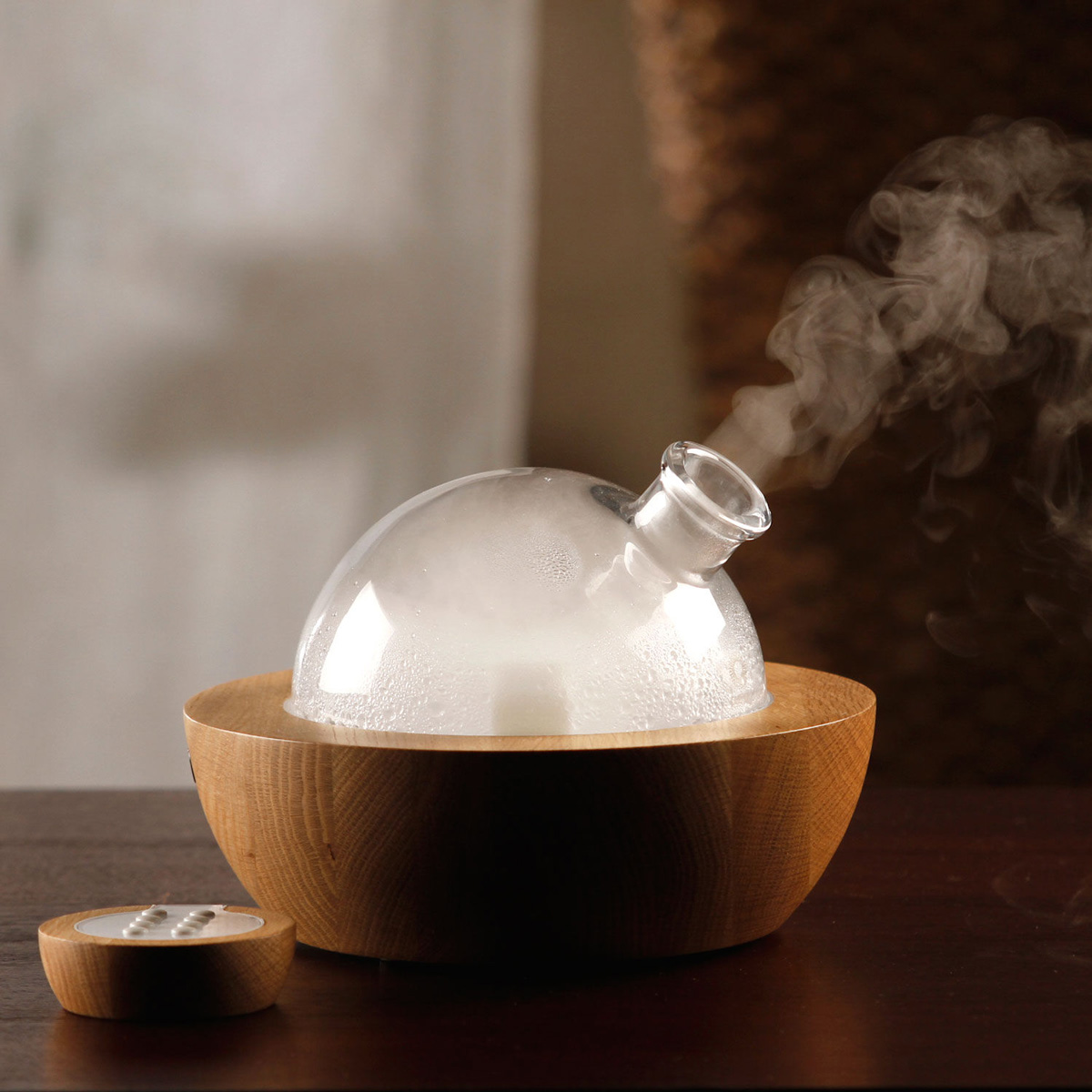With insurance companies forcing hospitals to herd patients in and out as quickly as possible, many women report their birth experience feels rushed, impersonal and sanitized.
The documentary “Business of Being Born,” produced by Rikki Lake, explores the home birth experience from the vantage point of expectant moms, dads, and midwives. If you are planning a family, I strongly encourage you to watch.
Home births in the US have been on the rise for the past 10 years, increasing from 1.26 percent of births in 2011 to 1.36 percent in 2012.1,2 This article addresses the pros and cons of home birthing versus hospital birthing, and other important factors to consider before deciding on a birth plan.
The largest study ever performed on home births was published in 2014 in the Journal of Midwifery & Women’s Health3 and involved almost 17,000 cases. The study overwhelmingly confirmed across-the-board health benefits for low-risk mothers choosing to give birth at home with a midwife.
Of particular note is a Cesarean rate of 5.2 percent, compared to the national average of 31 percent for full-term pregnancies. The data also included women who transferred to the hospital during a planned home birth, resolving a common concern about home birth data’s not including complicated births.
The vast majority of studies over the past 15 years have shown that attended planned home births are safer than hospital births for low-risk pregnancies. Professional midwives are actually very well trained and prepared to handle medical emergencies, which happen less often than the media would have you believe.
The few studies deeming home births less safe included high-risk births in the mix—preterm deliveries, breech deliveries, unattended home births, etc. When those high-risk cases are filtered out of the data, home births are found to be safer than hospital births.
Natural Childbirth Is in Your Genes
The reason home births are safer is that natural childbirth has been the historical norm for many thousands of years and we are well adapted to it. Women are perfectly designed for it. No amount of medical technology can improve on what nature has been fine-tuning for thousands of years.
Yet, Western medicine keeps trying to frighten women that they don’t know how to give birth and it is too risky. Most physicians have never seen a natural birth in medical school or in their practice—to most, it’s just another medical procedure. Australian physician Sarah Buckley describes hospital births as “disturbed births”:4
“Anything that disturbs a laboring woman’s sense of safety and privacy will disrupt the birth process. This definition covers most of modern obstetrics, which has created an entire industry around the observation and monitoring of pregnant and birthing women.
Some of the techniques used are painful or uncomfortable, most involve some transgression of bodily or social boundaries, and almost all techniques are performed by people who are essentially strangers to the woman herself.
All of these factors are as disruptive to pregnant and birthing women as they would be to any other laboring mammal—with which we share the majority of our hormonal orchestration in labor and birth.”
Dr. Buckley goes on to say that, just as we experience health problems when we stray from our biologically appropriate diet, women are more likely to experience labor complications when they stray from the genetic template of an “undisturbed birth.”
The Endangered Midwife
Over the last century, modern medicine created a movement toward delivering in the hospital. Giving birth in a hospital became a sign of status, and the general population began to fear home births—forgetting that childbirth is a natural process, not an illness that should be medically managed.
In 1900, 95 percent of births in the US took place at home, but by 1938, half of all childbirths were taking place in hospitals. In 1955, less than one percent of births occurred at home and it remains that way today.
Midwives attend more than 70 percent of the births in Europe and Japan, but less than eight percent in the US. In spite of our “advanced medicine,” the US has the second worst newborn death rate and one of the highest maternal mortality rates in the developed world. Jill Cohen of Midwifery Today writes:5
“The HMO system herds pregnant and birthing women through channels, leaving them without meaningful and conscientious individualized care.
One-on-one care provides the physical, emotional, and spiritual support so vital to good outcomes in birth, yet mainstream care continues to increase caseloads. This situation pulls away the safety net perfected over millennia and endangers women and babies daily.
Increasing reliance on technology causes practitioners to lose the hands-on ability to ascertain what is really going on with a pregnant or laboring woman. The cascade of intervention that follows creates risks and events that would not have otherwise arisen.”
One of the greatest benefits of a natural birth is its effect on your newborn’s immune system. A baby’s journey down the birth canal inoculates him with his mom’s microflora, which contributes immensely to his future immune function. But a pregnant woman’s microbiome is important to her baby even before birth.
It was long thought that the womb was a sterile environment, but we now know that microbes exist in the placenta, umbilical cord, and fetal membranes, where they perform important functions. The composition of a woman’s gut microbes changes during each trimester of pregnancy in ways that support the growth and development of her fetus.
If you are a pregnant woman, one of the greatest gifts you can give your baby is optimizing your own microbiome Babies born by Cesarean miss out on the inoculation from passing through the birth canal. But it turns out that even a vaginal delivery in the hospital may compromise your baby’s immune system. Infants born vaginally in the hospital have a higher risk of eczema, allergies, and asthma than infants born at home.
Cesareans Introduce Major Risks to Mom and Baby
Cesarean section is the most common operation performed in the US today, accounting for nearly one-third of all births. In 1965, it was a mere 4.5 percent. Sadly, C-sections have become almost “fashionable” to some women, especially those of higher socioeconomic status who are scheduling them for no reason other than convenience—referred to by the media as the “too posh to push” crowd.6
Surgical births are very physician-friendly, particularly if planned. They are more predictable and much faster than vaginal deliveries, plus less likely to end in a lawsuit, minimizing the risk—the riskto your doctor, that is. A study in the British Medical Journal7 found that a woman’s risk of death during delivery is three to five times higher during Cesarean section than vaginal delivery due to complications from blood clots, infection, and anesthesia. Other risks to mom and baby include:
- Uterine rupture
- Diminished fertility and breech presentations in future pregnancies
- Newborns have greater problems with respiration, blood sugar, and temperature regulation
- Newborns demonstrate slower neurological adaptation after birth
- Newborns show higher risk for depressed immune function
The World Health Organization (WHO) has stated that no country should have a Cesarean rate greater than 10 to 15 percent. Even the American College of Obstetricians and Gynecologists is concerned about the high number of Cesareans being performed the US. Cesarean rates are much lower among home births and midwife-attended births, regardless of setting. At one small hospital run by the Navajo Nation, where midwives deliver most babies, the Cesarean rate is only 13.5 percent.
Augmented Labor Extinguishes Your Happy Hormones
Sources report that in the US, between 20 and 40 percent of labors are now induced. The most common labor-inducing drug is Pitocin, which is synthetic oxytocin, also used to “augment” women’s labor. Although occasionally medically necessary, Pitocin introduces risks because it interferes with the delicate orchestration of the mother’s natural labor hormones, causing abnormal labor. A naturally laboring mother is bathed in a rich cocktail of “love hormones”—oxytocin, beta-endorphins, estrogen and progesterone, prolactin, and catecholamines; all interacting to physically and emotionally support her through the birth process.
Pitocin shuts off this flood of happy hormones, increasing her pain while decreasing her resources for managing it. Pitocin-induced contractions are longer, closer together and more forceful, which causes significant stress on both mother and baby and can compromise fetal blood flow and oxygenation. This, in turn, can lead to fetal distress, which increases the risk for an emergency Cesarean.8 Women given Pitocin have an increased risk for epidural because the contractions are so powerful.
But the reverse is also true—epidurals slow down and weaken contractions, increasing the need for Pitocin. You can appreciate, then, how medical interventions can snowball, and indeed that’s what the science shows—Cesarean rates are increasing as a direct result of these medical interventions. Epidurals are found to increase a woman’s risk of Cesarean by 2.5 times, as well as tripling her risk for a severe perineal tear.9
There are many other downsides of a hospital birth, including clamping the cord too early, restricted labor movement and birth positions, and excessive use of other medical procedures such as forceps, vacuum extraction, and episiotomy. After a challenging delivery, everyone may say, “Thank God we were here to save your baby.” But in reality, it’s often the cascade of medical interventions that placed the baby at risk in the first place. For a complete list factors that can make a hospital birth more dangerous for a low-risk pregnancy, refer to our previous article.
A High-Risk Delivery May Have a Better Outcome in a Hospital
A home birth is an excellent option for low-risk births, but there are cases in which a hospital birth is more appropriate. Four life-threatening complications, outlined below, occur more often with high-risk pregnancies. Because they are medical emergencies, they have better outcomes if they happen to occur in a hospital. This is why it’s critically important that you have a solid emergency plan as part of your home birth plan. That said, as a matter of keeping things in perspective, although these crises do occur, they are more rare than babies who end up injured or dying from medical interventions or hospital errors.
- Cord prolapse
- Ruptured uterus
- Amniotic fluid embolism (AFE)
- Placental abruption
Midwives Are Licensed in Only 28 States
In the US, it sometimes takes diligence and determination to go against the norm and find a physician or midwife willing to perform a home birth. It is rare to find an obstetrician that will agree to help you deliver at home, and while certified nurse midwives can legally attend home births in any state, most do not and choose instead to practice in hospitals. Only 28 states currently license or regulate certified professional midwives, who’ve undergone training and met national standards to attend home births.10 In the other 22 states, midwife-attended births are illegal.
Legal Options for Midwives and Home Births
A campaign is currently underway to expand state licensing of certified professional midwives so that women can choose from a qualified pool, but until that happens these are the legal options for home birth:
- Find a certified nurse midwife (CNM) who attends home births in your state or in a nearby state, and then travel to that state to give birth.
- Find a certified professional midwife (CPM) who is either licensed in your state or in a nearby state, and then travel to that state to give birth.
- A compromise would be to give birth in a hospital or birth center using a CNM. Birth centers are gaining acceptance in many states and offer home-like environments with far more flexibility than hospitals. Recent research has established that birth centers are safe, with much lower rates of obstetric intervention and C-sections than hospitals.11 The American Association of Birth Centers is a helpful resource.12
If you decide to use a midwife in a hospital or birth center, it’s a good idea to prepare a detailed birth plan. This is a document that specifies your desires for your birth experience. It is not a legal document, but it is an important way of letting the doctors, nurses, and other clinical staff know of your wishes regarding medical interventions for you and your baby. Discuss your birth plan with your doctor or midwife ahead of time, and be sure your nurse and other staff receive a copy upon admittance. There is a handy birth plan template at The Bump.13
You might also consider the support of a doula.19
A doula is a trained and experienced professional who provides continuous physical, emotional, and informational support to the mother before, during and after birth, and often into the postpartum period. A doula does not replace a midwife but can offer additional support in any birth setting.
References
- 1 Time March 4, 2014
- 2 CDC Trends in Out-of-hospital Births
- 3 MANA January 30, 2014
- 4 Chris Kresser
- 5 Midwifery Today 1999
- 6 Daily Mail May 17, 2011
- 7 British Medical Journal October 30, 2007
- 8 ACOG May 7, 2013
- 9 Chriskresser.com Epidural Side Effects and Risks
- 10 Push for Midwives
- 11 American Association of Birth Centers: Research
- 12 American Association of Birth Centers
- 13 The Bump: Birth Plan
- 14 MANA
- 15 Mothers Naturally
- 16 American College of Nurse-Midwives
- 17 Midwifery Today
- 18 BirthLink
- 19 About.com Doulas: Professional Labor Support
- 20 Dona International
- 21 CAPPA
- 22 Find a Doula
By Dr Joseph Mercola / Physician and author
(Source: healthimpactnews.com; April 12, 2015; http://tinyurl.com/ks832hx)











































